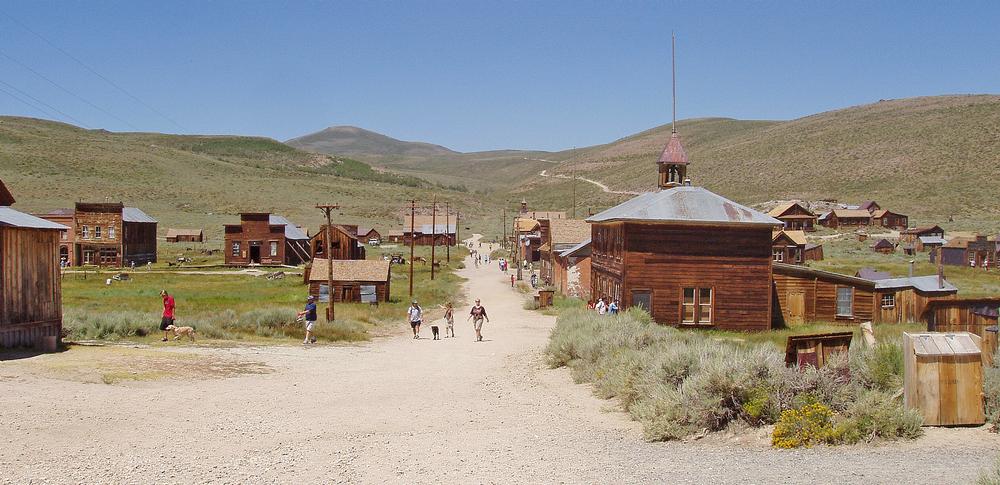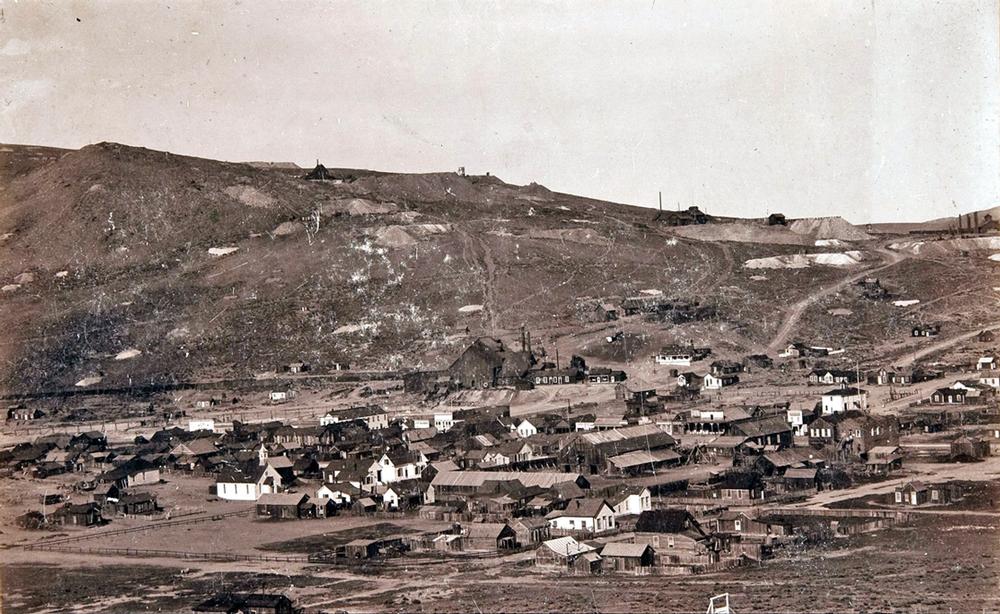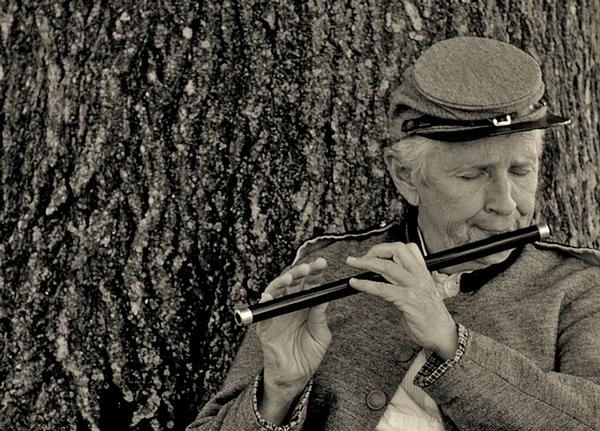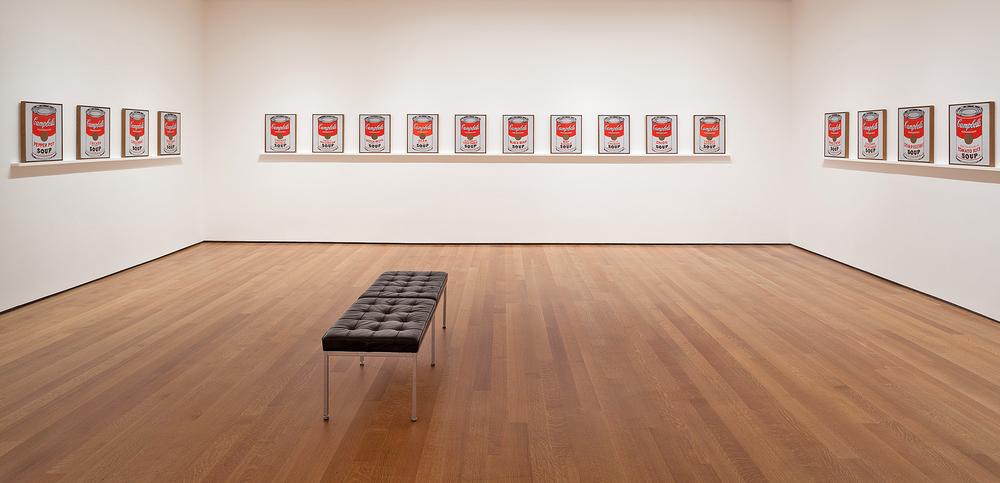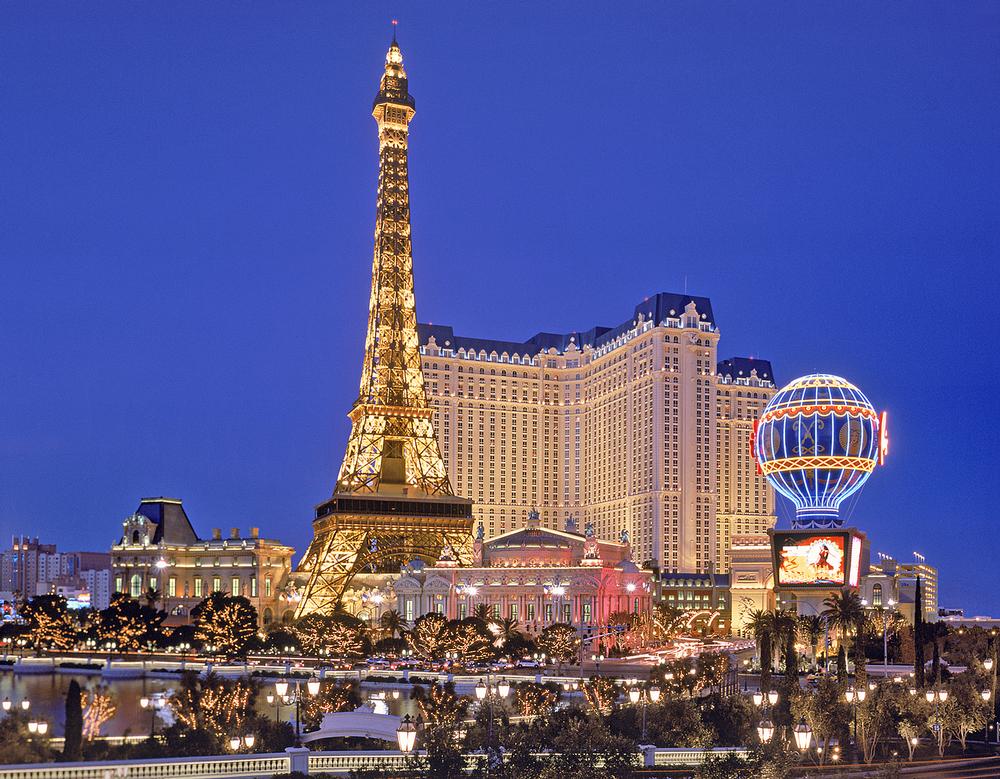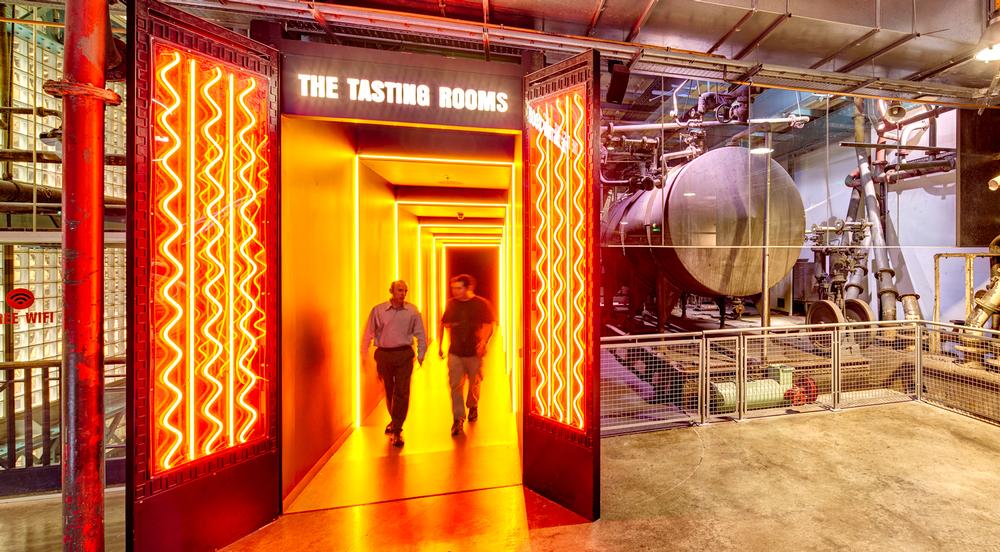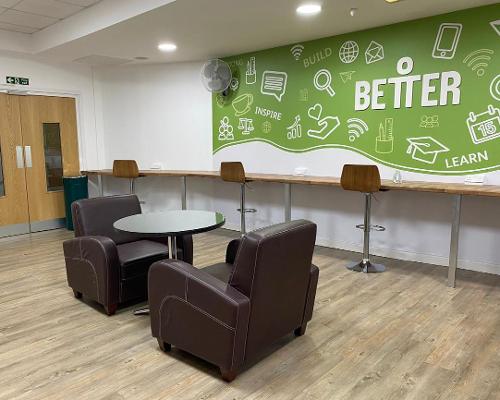features
Keeping it real: how do we create authentic experiences in the world of themed design?
How do we create authentic experiences in themed environments and immersive spaces? Cultural researcher Scott A Lukas investigates

In the mid-90s, while working at Six Flags AstroWorld, I witnessed an interesting conversation about one of the park’s newest rides. It was the Mayan Mindbender, an indoor rollercoaster that was being repurposed from its previous use in another park through means of a Mayan theme.
The conversation was initiated by a lead ride operator who expressed concerns about the park’s latest ride and the specific foundations of its Mayan theme. The glyphs and symbols, he had determined after some research, were all wrong. “Some of them aren’t even Mayan,” he said.
While a number of those present were curious about his criticisms of the theming, a few were surprised by his level of concern. Why get so wrapped up in the sources of an attraction’s theme? They are – like all immersive spatial design – engineered to please visitors, not educate them. Does it matter if a themed attraction like the Mayan Mindbender is accurate or authentic? Is it even possible for them to be accurate or authentic?
The issue of the sources used to create a themed ride like the Mayan Mindbender ultimately relates to the topic of authenticity. This topic has relevance for the worlds of media, consumer society and, especially, themed and immersive spaces. Authenticity is one of the most discussed and debated topics of the contemporary world. Yet, despite its significance, it remains a rather elusive concept.
Meanings of authenticity
There are many meanings of authenticity which reveal to the designer of themed and immersive spaces the true challenges of undertaking any project. For example, an authentic thing, person or place is something that’s true to itself. Another form of authenticity is conveyed by the idea of something natural, without artifice.
The ghost town of Bodie, California, looks the way it used to thanks to the practice of “arrested decay”, which attempts to preserve its structures but not in an overt or artificial way. Related to this idea is authenticity as an accurate reflection of something. Visitors to a site of historical reenactment like Colonial Williamsburg might wonder how much of what is told and performed at the site is an accurate or honest reflection of past times.
Authenticity is also often tied to ideas of tradition, heritage and history that convey that a person, place or thing is the result of something that came before it. In the bard or griot cultures of West Africa, for example, epic songs and performances are passed down from one praise singer to the next with the assumption that later singers will accurately reflect the traditions of the past.
Perhaps the most significant meaning of authenticity is implied by the real. The original, pure or genuine suggests the “real thing” or at least related enough to the “real thing” that it doesn’t cause distraction or concern by the viewer. A visitor to the British Museum would have a much different reaction to the Rosetta Stone were he or she to discover that it was a replica and not the original.
In terms of themed and immersive design, these meanings of what is authentic and what is not have interesting, if not vexing, ramifications. As with the Mayan Mindbender, any space may be interpreted – by another designer, a guest, a worker, a cultural critic – as inauthentic. The reasons each individual perceives something as being authentic or inauthentic are the result of different expectations, varying understandings and divergent personal contexts.
How, then, can authenticity be understood in such a way that it will have a meaningful application in the themed and immersive space industries?
Getting it right
Some years ago, I took part in a conference in Freiburg, Germany, that brought together designers and academics who studied themed and immersive spaces. By the middle of the conference, an interesting divide emerged between those whose primary interest was theme parks and those who focused on museums and interpretive spaces.
Differences in opinion centred on what many of the participants deemed to be an issue of “getting it right.”
One professional historical reenactor had witnessed a reenactment event – involving knights and jousting – that took place in front of a Pizza Hut in a small town. After he showed us a photograph of the event, the assessment was that this particular reenactment event had got it all wrong. People could not appreciate the performance, he said, because the context was inappropriate and the whole tone of the event was therefore one of inauthenticity.
As the conference continued, some of the museum professionals seemed to assert that those from the theme park world could not get certain topics right – notably those of a historical or heritage character – while theme park professionals offered that the museum professionals were displaying elitism and an inability to use appropriate techniques of entertainment and immersion to better engage guests and audiences.
The divide between these two camps of theming professionals was not resolved by the end of the conference, but the analogy that it provides suggests to us both the challenge and the promise of authenticity.
An important issue that emerged from this particular controversy is that of aura. We may reflect on the important work of philosopher Walter Benjamin who once wrote of the situation in which a work of art loses its aura – its presence, tradition, authority, specific time and place – as a result of being caught up in modern means of reproduction, such as through forms of technology. As an example, we might imagine how different the Mona Lisa is as an original object that sits in the Louvre and as a reproduced image on a coffee mug.
The aura of a space
The aura, then, suggests something quite important in terms of originals, copies or other new versions. Many themed spaces, such as themed casinos, attempt to reproduce the aura of other places by using design, architecture, sensory means, material culture, technology, performance and other approaches in their new versions. Social critics often comment on these reproductions of other places and cultures and cite a lack of authenticity as an important issue with such places. Of course, we should remember that the concerns stated by such critics often have to do with things unrelated to the principles behind the various designs of the sites.
The artist Anna Halprin spoke of authenticity as an involvement of people in her aesthetic environments such that they could experience “life lived whole”. This view from the art world of art challenges simplistic assumptions of social critics in terms of the problem of aura in spaces like themed casinos.
In fact, other artists remind us that aura is likely something that is not stable or fixed, but is something that can move and be transformed. Andy Warhol’s iconic Campbell’s Soup Cans uses images of originals but takes on new meaning and new values as it suggests an entirely different sense of the aura of art.
The same can be said of themed casinos. The Paris in Las Vegas, Nevada, uses reproductions and new versions of iconic landmarks from the French capital, as well as associated forms of human performance, décor and sensory stimulation to create an ambiance of Paris and French culture. In a small space it cannot reproduce every detail of Paris or French culture, so certain details, symbols or archetypes are chosen for the spaces of the hotel and the casino, and these are used to connect guests with those spaces. Aura is present in such spaces, but it is not the same aura that one would find in Paris.
Perhaps the important reminder here is that while the authenticity of themed and immersive spaces is tied to notions of aura, there is more than one way to experience Paris and France. As controversial as it may sound, the guests who visit the Paris in Las Vegas are experiencing one of many auras of Paris and France. As architect Peter Eisenman said, new forms of architecture and design can create news auras or “the possibility of a presentness of something else.” This is especially relevant when we consider that the etymology of “aura” relates to breeze, wind and air – the traces, images and new versions of a previous form. Thus, we might concur that authenticity never rests in any one place, time or context.
The eye of the beholder
In terms of the aura that might be felt when a guest enters a themed casino like The Paris in Las Vegas, we should again recall the fact that visitors’ perceptions of the space will vary greatly with the particularities of each guest.
This eye of the beholder problem reminds me of the ways that we workers within the theme park industry were accustomed with dealing with concerns, issues and interpretations of guests that were often lost on us. A few days working in guest services or guest relations reminds the worker that the experiences of guests are not the same as those of designers, managers or industry workers. As in so many aspects of themed and immersive entertainment design, we discover the curious problem in which one guest’s idea of authenticity differs from the next. The same is true of differences in perceptions of authenticity among designers and social critics.
The eye of the beholder problem should not be seen as something stifling; in fact, it can be an issue that actually expands the possibilities of authentic design.
In an interview with Gordon Jones, Civil War reenactor, curator and historian at the Atlanta History Centre, this point was made very clear. In terms of the immersive environments of Civil War reenactment, “to be effective at stimulating a ‘rush,’ historically themed environments need not be ‘true’ in any historical sense; they need only be ‘real’ in the eye of most beholders.”
Within his work in reenactment environments, he discusses the roles that trust, commitment and disagreement play in the creation of communities that simultaneously reflect the desire of reenactors to “get the past right” and to come to consensus as to whether they succeeded. The fact that people disagree about the degrees to which themed and immersive spaces are indeed authentic may lead to powerful forms of community in which individuals discuss the differences of their interpretations and, along the way, create new forms in the process.
Factors in authenticity
The values of openness, feedback and experimentation in terms of guests and their roles in spaces that aim to be authentic are supplemented by additional values that also emerge in relationship with the guest’s view of space and connect to important design principles that are rooted in the intentions of designers (and operators) of spaces.
Process
Spaces that show they evolved over time offer the idea of authenticity as they suggest that they were not produced haphazardly or quickly. The example of a patina on the surface of a historic building is a reminder of how spaces evolve over time. Even in a new space, the idea of process can be conveyed by aspects of architecture, design and material culture.
Time
Related to process is time. Archaeologist Cornelius Holtorf reminds us that spaces don’t have to be historically old to appear old, suggesting the notion of “pastness” to convey an idea of the past. Immersive space designers have opportunities to playfully work with time – or more specifically, the perception of time – and create spaces that resonate with guests.
Detail
The ways in which a space expresses itself through the ideals of the designer are connected with the nature of the details in that space. In themed spaces, microtheming or attention to the smallest elements of detail – even those that the guest may not see immediately – may result in spaces that are more organic and holistic in nature. The example of Hidden Mickeys or hidden representations of iconic Disney characters or images – notably Mickey Mouse’s ears – in Disney theme parks may also remind us that details are not always to be found on the surface or in immediate view of the guest.
Intent
The idea of intent in design is akin how a novelist uses setting, characterisation, action and plot to create dramatic, believable and evocative effects in the reader. Designers may use combinations of process, time and detail to indicate to the guest that what has been offered in terms of the space’s design is thoroughly planned out. Intent suggests care, which itself reflects back on perceptions that guests have in terms of authenticity.
Revision
While the designer may be excited with the final version of a themed or immersive environment, he or she should remember that spaces must change with the times and be in line with the desires of the guest. Thus, revision is key to authenticity. This is even more true as a changed space will remind the guest that behind the scenes a whole team of designers is dedicated to making sure that the space is never finalised and is always on the move.
Reflexive loops, design anxiety
The educational and entertaining Chautauqua tradition in the US is a form of performance in which skilled performers take on the dress, mannerisms, speech patterns and affect of famous historical, military, artistic figures from the past. As a form of reenactment, Chautauqua involves attention to detail, accuracy and believability and is thus tied up in the tricky politics of authenticity.
Chautauquans perform for large audiences and one of the most interesting aspects of their performances occurs during the question and answer session. The performers first take questions from the audience while in character and then later drop their character and answer questions as the performer. During a performance as Thomas Jefferson, for example, the audience would ask the former US president how he justified owning slaves; following this the audience would then interact with the performer out of character and discuss this issue of slavery. What makes this aspect of Chautauqua significant is the sense of the “reflexive loop” that it provides for both the performer and the audience. Very simply, a reflexive loop implies that one think about the thing at hand (very deeply) and then alter his or her view of it based on that reflection.
In terms of themed and immersive spaces, reflexive approaches have a key role to play. Some years ago, I heard a wonderful presentation by members of design firm WATG who were working on a new resort project in Luxor, Egypt. The most telling part of their presentation was when the designers fully admitted that in designing their new vision for Luxor they had to consider what had come before—most notably, the versions of Egypt and the Luxor that are known due to the Luxor hotel and casino in Las Vegas.
Such openness, honesty and reflection on the design of themed and immersive spaces suggest a certain sense of anxiety that accompanies the quest for authenticity in architecture and design. The anxiety here is the realisation that themed and immersive spaces do not exist in a vacuum. They are bound up in the many versions, visions, interpretations that have come before the current project in terms of other designs and realisations, will come in the present as the imagined space is realised and used by guests, and will be found in the future in which that space is altered and in which other spaces – perhaps copies or new versions of it – will emerge.
Authenticity and philosophy
In these contexts of design, we see that authenticity is much more than a simple matter of sorting out originals and copies and we note additional ways in which philosophers have considered authenticity. German philosopher Friedrich Nietzsche, for example, viewed an authentic person as one not afraid to reflect on his or her deepest anxieties of life. Similarly, the French existentialist philosopher Jean-Paul Sartre offered that authenticity related to the responsibility that one accepts for his or her existence.
We also find an interesting point of connection to the work of German philosopher Edmund Husserl who spoke of authenticity in reference to a community of love or Liebesgemeinschaft. Such a community would, says Husserl, reflect common language, values and important forms of empathy. Perhaps the anxieties of conscious design could be tempered with the realisation that the future discussions of authenticity in themed and immersive spaces may include more communal, participatory and critical engagements by designers, guests and social critics.
Addressing the challenges of different perceptions of authenticity in themed and immersive spaces
1. Openness: The Italian writer Umberto Eco once spoke of the idea of an open work as one whose meanings are left open to individual interpretation. Openness has a strong role in creating authentic themed and immersive spaces. Instead of closing off meaning in the design of a space, the designer may focus on open-ended works or even works that will change and evolve with the times and guests’ needs.
2. Feedback: Another important facet of authentic spaces in terms of the guests’ needs relates to the ability of a space (and its designers and operators) to receive constant feedback about that space. Nina Simon and others in the Museum 2.0 movement have been especially concerned with creating experiences within museums and interpretive centres that are more open to the needs and desires of the guest. Such ideas remind designers and operators to remain vigilant in terms of what the guest desires from the space.
3. Experimentation: The traditions of many art, architecture and design movements illustrate the importance of experimentation in terms of authenticity. Too often, sometimes in response to social critics, designers of themed and immersive spaces are focused on reproducing expectations instead of cultivating experimentation. When we think of authentic spaces through the idea of means and not ends – process, not final product – we imagine new forms of creativity and aesthetic experimentation resulting in spaces that guests truly enjoy.
Scott A Lukas is a researcher, anthropologist and author who specialises in immersive worlds, theming and cultural remaking.
